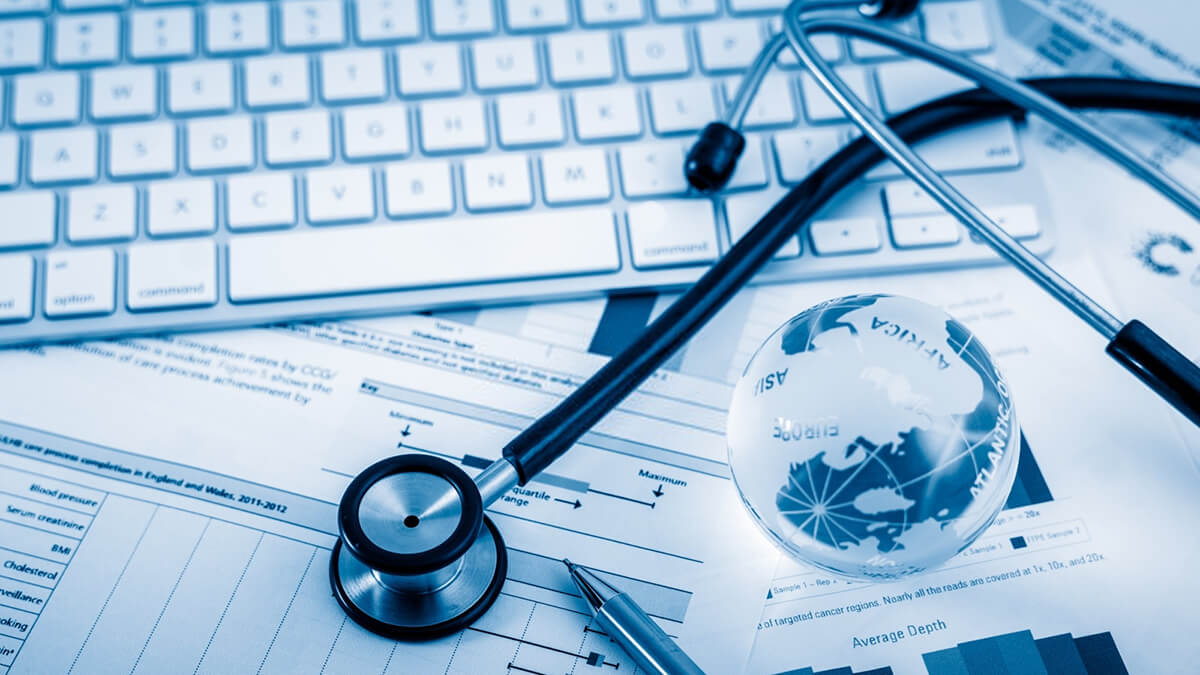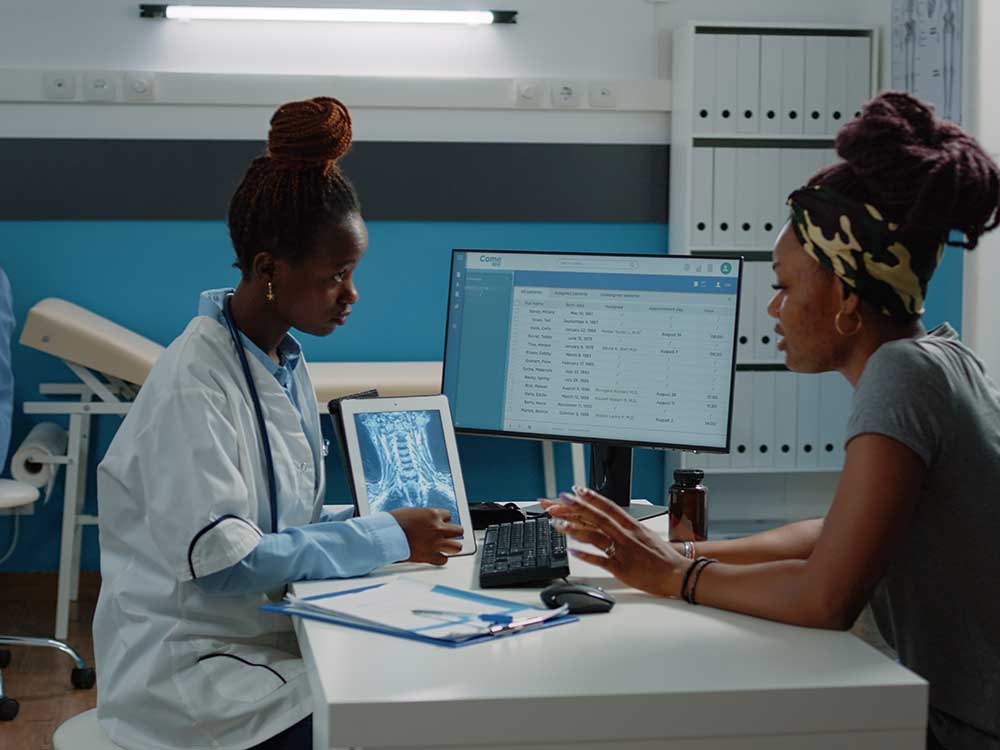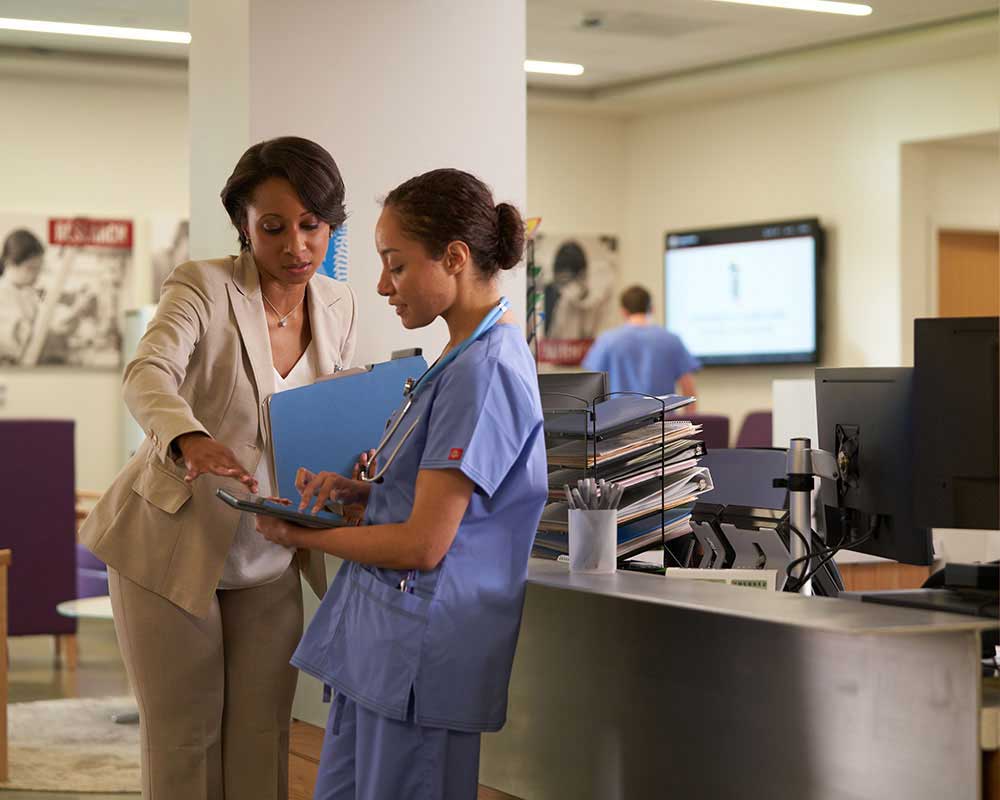Leading Abilities Needed to Master Medical Administration Roles Today
Leading Abilities Needed to Master Medical Administration Roles Today
Blog Article
Finest Practices in Medical Management for Improving Effectiveness and Decreasing Expenses
In the ever-evolving landscape of health care, the quest of finest techniques in clinical management is critical for improving efficiency and curbing expenses. By integrating sophisticated innovations such as digital wellness documents and telemedicine, doctor can streamline operations and boost person care. Modern technology alone is not a panacea; optimizing source allowance and fostering collaborative interaction among treatment teams are just as essential. As organizations make every effort to stabilize high quality and cost, what techniques should be prioritized to achieve these double goals? The solution to these questions hold the trick to a much more lasting medical care system.
Leveraging Advanced Modern Technology
In today's swiftly advancing medical care landscape, leveraging innovative modern technology is no more optional yet essential for effective medical management. The combination of digital options right into healthcare systems has actually changed the method facilities operate, enhancing processes and boosting client treatment. Electronic Health Records (EHRs) are critical, supplying detailed individual information that can be accessed instantaneously by accredited workers, hence reducing redundancy and decreasing mistakes. By centralizing patient info, EHRs get rid of the need for cumbersome documents and help with smooth communication among medical care providers.
Telemedicine is another technical advancement that has actually reinvented individual interaction. It provides comfort for both individuals and health care experts by allowing remote assessments, which can minimize the requirement for in-person visits and optimize visit organizing. Additionally, telehealth platforms can prolong medical care access to rural or underserved locations, linking voids in care delivery.
In addition, making use of Artificial Knowledge (AI) and device knowing is becoming progressively widespread in predictive analytics, enabling early detection of prospective wellness problems and more educated decision-making. These modern technologies, when incorporated efficiently, can improve diagnostic accuracy and customize client therapy plans, ultimately bring about enhanced medical care results and operational effectiveness.
Optimizing Resource Allotment
Effective source appropriation is vital for taking full advantage of the efficiency of clinical management. By strategically managing sources such as personnel, equipment, and finances, medical care facilities can considerably boost their functional efficiency, improve client results, and reduce unneeded expenditures. The very first step in enhancing source allotment entails conducting an extensive assessment of existing properties and identifying areas where sources may be underutilized or overextended. This analysis should be data-driven, making use of metrics and analytics to notify decision-making procedures.
Prioritizing source allotment based on individual demands and solution needs is crucial. This includes aligning sources with high-demand areas, such as emergency situation treatment or specialized treatments, to ensure prompt and efficient patient care. Implementing flexible staffing versions can also optimize labor resources by changing personnel appropriation in feedback to rising and fall client volumes. In addition, embracing telemedicine and various other technological remedies can reduce physical source restraints by offering alternative avenues for patient-provider communications.
Economic resources should be diligently kept an eye on and alloted with critical insight to support both temporary functional requirements and long-term institutional objectives. This consists of investing in training programs that enhance staff proficiencies and adopting energy-efficient practices that decrease operational prices (medical administration). Ultimately, a maximized resource allocation technique cultivates a sustainable healthcare atmosphere that is receptive, efficient, and monetarily sensible
Streamlining Workflow Processes
When healthcare facilities purpose to enhance functional efficiency, enhancing operations processes becomes an essential emphasis. Reliable operations minimize redundancy, eliminate unneeded steps, and improve coordination among medical care specialists. This technique not just increases solution distribution however additionally improves the top quality of person care.

Following, modern technology assimilation plays a considerable duty in simplifying process. Executing digital health and wellness records (EHRs) and digital doctor order entry (CPOE) systems reduces documents, minimizes human error, and guarantees info comes to all pertinent workers. Additionally, leveraging telemedicine platforms can simplify individual consultations and follow-ups, reducing the pressure on physical framework.

Inevitably, structured operations lead to cost reductions and enhanced client complete satisfaction, promoting a more sustainable medical care environment.
Enhancing Information Management
Structure upon streamlined operations, optimizing data monitoring ends up being a crucial component in progressing health care management. Effective information administration systems are vital for keeping precise individual documents, enhancing decision-making, and ensuring conformity with regulative criteria. By implementing robust data administration options, medical care facilities can improve the high quality of individual treatment while all at once reducing functional expenses.
One secret element of improving information administration is the YOURURL.com integration of sophisticated digital wellness document (EHR) systems. These systems facilitate the smooth exchange of client information throughout different departments, lowering replication of tests and lessening errors. A properly designed EHR system sustains information analytics, allowing doctor to recognize patterns and make notified decisions pertaining to person care.
Moreover, safeguarding person data is paramount. Adopting extensive cybersecurity steps, including file encryption and regular audits, makes certain the integrity and privacy of sensitive info. This not just safeguards people yet additionally keeps the establishment's track record.
Purchasing staff training is an additional vital factor. Educating healthcare professionals on information management techniques boosts their capability to successfully make use of modern technology, causing improved person outcomes. To conclude, improving data management via sophisticated innovation and detailed training is necessary for achieving effectiveness and cost decrease in clinical management.
Fostering Collaborative Interaction
A critical element beforehand medical administration is fostering collaborative interaction among health care professionals. Reliable communication is vital for ensuring smooth patient treatment, optimizing treatment end results, and minimizing errors. By urging open dialogue and control throughout multidisciplinary teams, health care companies can improve their functional performance and lower unneeded costs.
Central to this technique is the integration of interaction innovations such as electronic health documents (EHRs) and safe and secure messaging systems, which help with the rapid exchange of vital patient info. These tools make it possible for doctor to accessibility and share data in real time, ensuring that all staff member are informed and lined up in their decision-making procedures. Moreover, normal team meetings and interdisciplinary rounds can even more promote my company a society of collaboration and accountability.
Educating programs concentrated on enhancing interaction abilities are likewise vital. These programs can help team develop the capability to share information clearly and pay attention proactively, hence minimizing misconceptions and cultivating a helpful workplace. On top of that, taking on standardized communication protocols, such as SBAR (Scenario, History, Assessment, Referral), can simplify the exchange of details, ensuring that critical information are conveyed succinctly and efficiently. Ultimately, promoting collaborative interaction brings about enhanced medical care shipment and cost savings (medical administration).

Final Thought
Integrating advanced technology, such as electronic health and wellness records and telemedicine, alongside enhanced resource allotment and streamlined workflow procedures, is essential for improving effectiveness in medical management. Effective data monitoring and cultivating collaborative interaction among health care teams are crucial for reducing redundancies and boosting treatment high quality. By focusing on precautionary treatment and taking part in quality enhancement campaigns, healthcare organizations can accomplish considerable expense savings and enhanced patient you could check here outcomes, therefore making certain lasting healthcare distribution in a progressively complex environment.
Report this page